fish under the plant
anewgarden
15 years ago
Related Stories
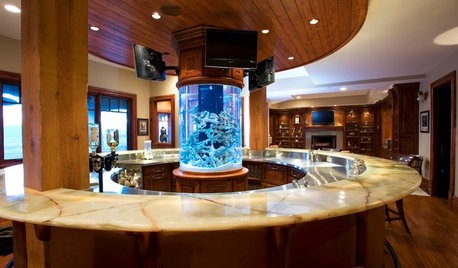
DECORATING GUIDESDesigning Nemo: 30 Fish Tanks Make a Decorative Splash
Bring an otherworldly glow and a calming vibe to your home with the living art of an aquarium
Full Story
GARDENING AND LANDSCAPINGHow to Make a Pond
You can make an outdoor fish paradise of your own, for less than you might think. But you'll need this expert design wisdom
Full Story
GARDENING GUIDESPrunus Virginiana Thrives Under Deciduous Trees
Plant chokecherry for showy white flowers favored by native bees in spring, and to provide nesting habitat and food for birds
Full Story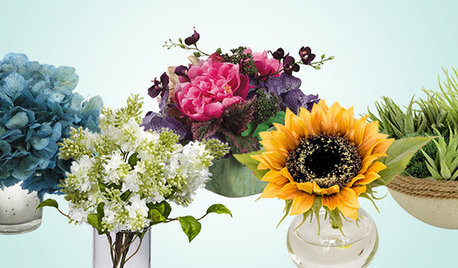
SHOP HOUZZShop Houzz: Bestselling Faux Florals and Plants Under $100
Revitalize your space with lifelike blooms and plants
Full Story0
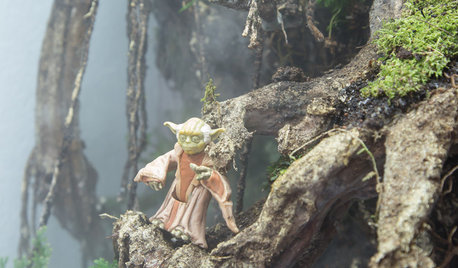
FUN HOUZZThe Force Awakens Under Glass
An Australian terrarium designer places classic ‘Star Wars’ characters in misty miniature landscapes
Full Story
HOUZZ TOURSHouzz Tour: Under a Metal Canopy in Texas
New technology, reclaimed materials and an enormous protective roof combine in this Hawkins home for irresistible modern rustic charm
Full Story
BASEMENTSBasement of the Week: Fishing-Focused Spaces Lure the Family In
This rustic retreat hosts the dad's hobby miscellany, but the entire family has caught on to the appeal
Full Story
VACATION HOMESMy Houzz: Saltbox Charm in a Heritage Fishing Community
This rustic home and art studio in a 16th-century waterfront town blend in while showing personal style
Full Story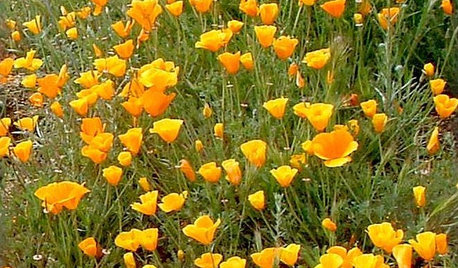
GARDENING GUIDESGreat Design Plant: California Poppy
Fall planting: California's state flower offers a glorious spring show and spreads readily in gardens under the right conditions
Full Story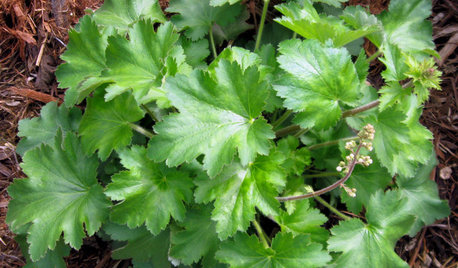
GARDENING GUIDESGreat Design Plant: Island Alumroot
Shade tolerance and resilience make this California native a natural for planting under oaks and other canopy trees
Full StorySponsored
More Discussions






barrie2m_(6a, central PA)
geeboss
Related Professionals
Derry Landscape Architects & Landscape Designers · Biloxi Landscape Contractors · Hickory Hills Landscape Contractors · Live Oak Landscape Contractors · Wallingford Landscape Contractors · Wickliffe Landscape Contractors · Cibolo General Contractors · Lake Forest Park General Contractors · Lakewood General Contractors · Saint Paul General Contractors · Woodland General Contractors · Hayward Decks, Patios & Outdoor Enclosures · Lewisville Decks, Patios & Outdoor Enclosures · Portland Decks, Patios & Outdoor Enclosures · Salt Lake City Decks, Patios & Outdoor Enclosuresspiced_ham
timfish
anewgardenOriginal Author
larryw